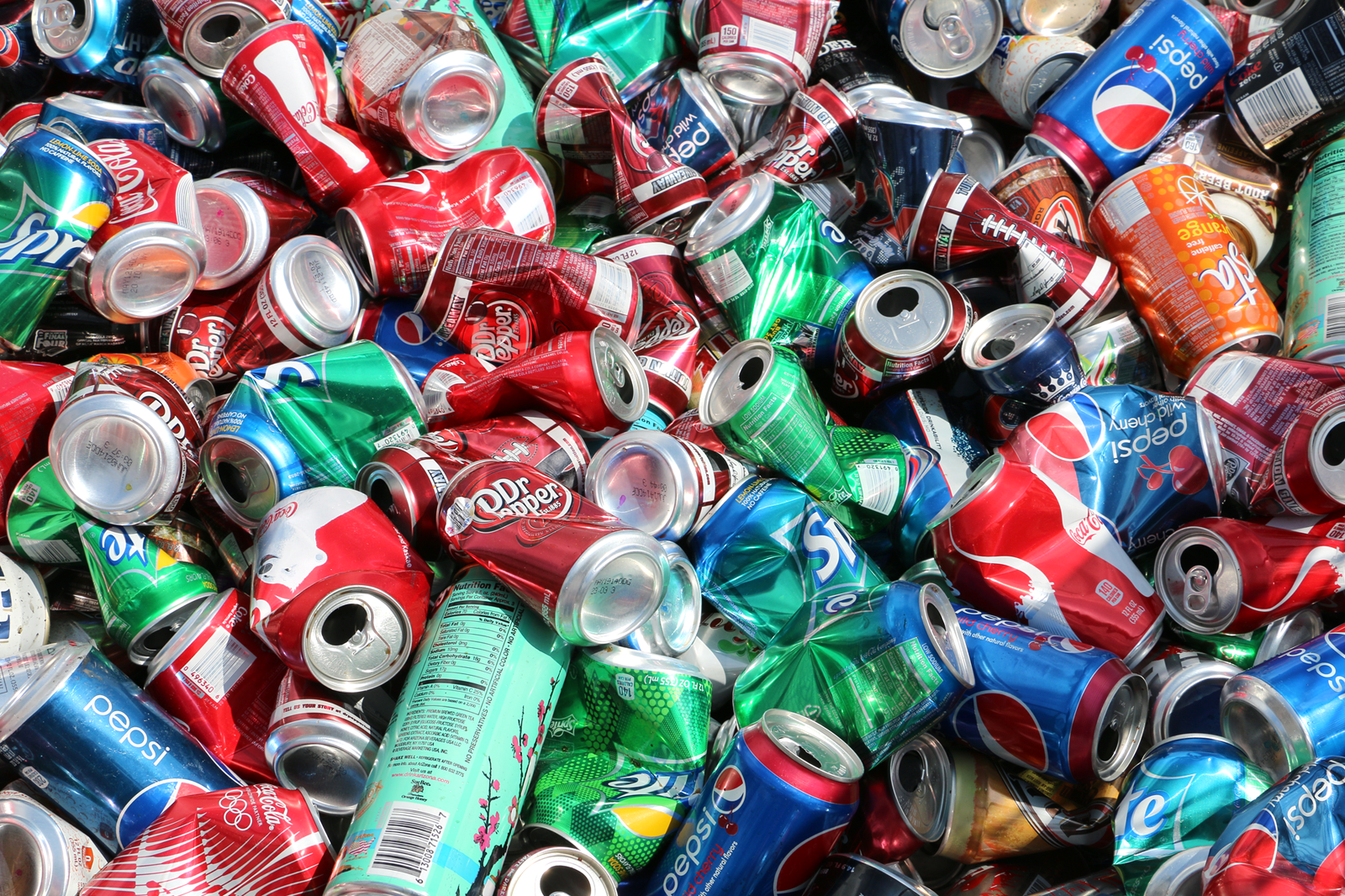
Most of those purchases, she added, involved refillable bottles. data published by the Wall Street Journal.īetween 19, the average person bought between 200 and 250 packaged drinks ever year, Elizabeth Royte reported in her book Bottlemania, citing data from the Container Recycling Institute. Between 19, water sales in the United States had grown by 284 percent, according to Beverage Marketing Corp.

PepsiCo finally joined the water business and introduced Aquafina in 1994. Perrier and Evian crossed the Atlantic at around that time, launching the bottled water craze. In other words, it was the perfect container to set the stage for the bottle binge that followed. It was lightweight, safe, cheap-and recyclable. In 1973 Nathaniel Wyeth, another Du Pont scientist, patented the first PET bottle. Du Pont chemists developed it while experimenting with polymers to make textiles. Polyethylene terephthalate has been around since 1941. It wasn’t until the 1970s when a miracle plastic known as PET came along and changed the game. If the bottle didn’t explode, the carbonation fizzled. Early plastic bottles showed promise as a lightweight alternative, but they leached chemicals and failed to contain carbonated drinks. In June, Kenya announced a ban on single-use plastics at beaches and in national parks, forests, and conservation areas, effective in June 2020, and the South Delhi Municipal Corporation banned disposable water bottles in all city offices.Ĭonsumers have been drinking bottled beverages for more than a century, first in glass bottles, then in steel and, later, aluminum cans. The developing world-where 2.2 billion people still do not have access to clean drinking water, according to the United Nations, and bottled water is often the only safe option-is getting out ahead of the problem. The tiny towns of Concord, Massachusetts and Bundanoon, Australia already have banned bottles, as have numerous public parks, museums, universities, and zoos in Europe and the United States. Activists are zeroing in on the bottle as next in line for banning, after plastic shopping bags. Plastic bottles and bottle caps rank as the third and fourth most collected plastic trash items in the Ocean Conservancy’s annual September beach cleanups in more than 100 countries.

There’s even a growing market of luxury, stainless steel refillables, including a limited-edition bottle covered with thousands of Swarovski crystals that sells for almost $2,000. What is cool is wearing them: Hip fashion translates into designer clothes made of recycled water bottles. Suddenly, carrying plastic bottles of water around is uncool. The backlash against the glut of discarded bottles clogging waterways, polluting the oceans and littering the interior has been swift. It’s not as though anybody died from thirst in the old days,” he says.īy 2016, the year sales of bottled water in the United States officially surpassed soft drinks, the world had awakened to the burgeoning crisis of plastic waste. “We’ve become a society that seems to think if we don’t have water at hand, terrible things will happen. “The plastic bottle transformed the beverage industry and it changed our habits in many ways,” says Peter Gleick, co-founder and president emeritus of the Pacific Institute in Oakland, California, and author of Bottled and Sold: The Story Behind Our Obsession with Bottled Water. The transition played out in a single generation. What sets bottles apart from other plastic products born in the post-World War II rise of consumerism is the sheer speed with which the beverage bottle, now ubiquitous around the world, has shifted from convenience to curse.


 0 kommentar(er)
0 kommentar(er)
